Calvin Wankhede/Android Body
As someone who grew up with a mobile Internet connection, I cringe when I think about any product or service that is always available online. My smart home is no different — I rely on it to automatically cool the room when I get home, light up my closet when I open the door, and match the color temperature of the lights to the position of the sun. Why should any of this require an internet connection? This train of thought is exactly what led me to create a smart home that is completely offline and does not rely on any third-party servers at all. Here’s how you can do it too.
Are you thinking about building an offline smart home?
158 votes
Why build an offline smart home?
Calvin Wankhede/Android Body
One of my biggest fears is that the manufacturer of the smart home product I use will go bankrupt and disappear overnight. It’s not an unfounded fear: just last year, smart home company Insteon suddenly announced that it would shut down its servers due to financial difficulties. The servers would later come back from the dead, but only because some loyal users took over the entire company to keep its products alive. This isn’t a one-off example either, as Philips stopped supporting the first-generation Hue Bridge in 2020 and MyQ garage door openers became incompatible with Google Assistant without warning in 2023.
Many are also concerned about the privacy implications of connecting inexpensive devices to the Internet, but that’s a relatively less concern for me. However, setting up my smart home offline protects me from potential bankruptcy and invasion of privacy.
An offline smart home is private, less expensive, and yours forever.
If those two reasons aren’t enough, you can also sometimes save a few bucks by going the offline route. Instead of paying top dollar for smart coffee makers or washing machines, you can upgrade almost any existing appliance with smart plugs and switches. They can often be controlled offline, making them more reliable than the manufacturer’s own ecosystems.
In my smart home setup, I don’t explicitly block everyone Devices cannot connect to their manufacturer’s servers. About half of them are still available via their official apps, just in case. But in everyday use, they are all controlled by an offline center and all the automation is run locally. If I disconnect my internet connection, they will continue to function normally until the heat death of the universe. Or until a few batteries inevitably die.
How I built my smart home without an internet connection
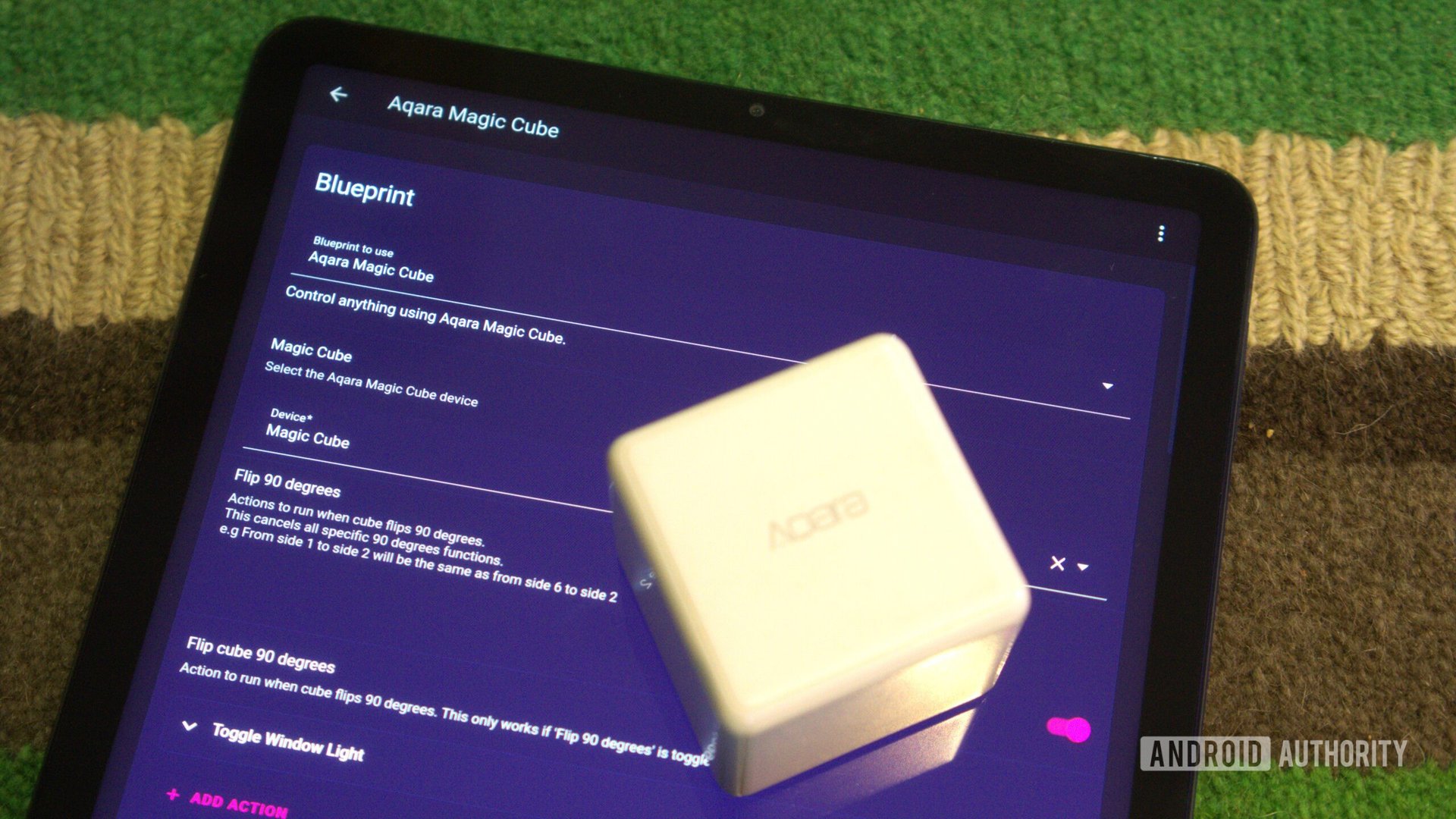
Calvin Wankhede/Android Body
If you’ve ever thought about building a locally controlled smart home, you’ve probably come across Home Assistant. It is truly an excellent piece of open source software, which is maintained by enthusiasts from all over the world. As a result, it doesn’t align with any smart home brand and doesn’t need profitability or user growth to survive. Getting started with Home Assistant is very simple; You can simply install it on a low-power computer such as an inexpensive Raspberry Pi. From that point on, you can configure your entire smart home using your smartphone or laptop.
Home Assistant uses code underneath its beautiful UI for automations, scenes, and other actions but you don’t have to worry about that at all. The GUI has improved dramatically in recent years and you can achieve almost anything without touching a single line of code. Here’s what one of my automations looks like:
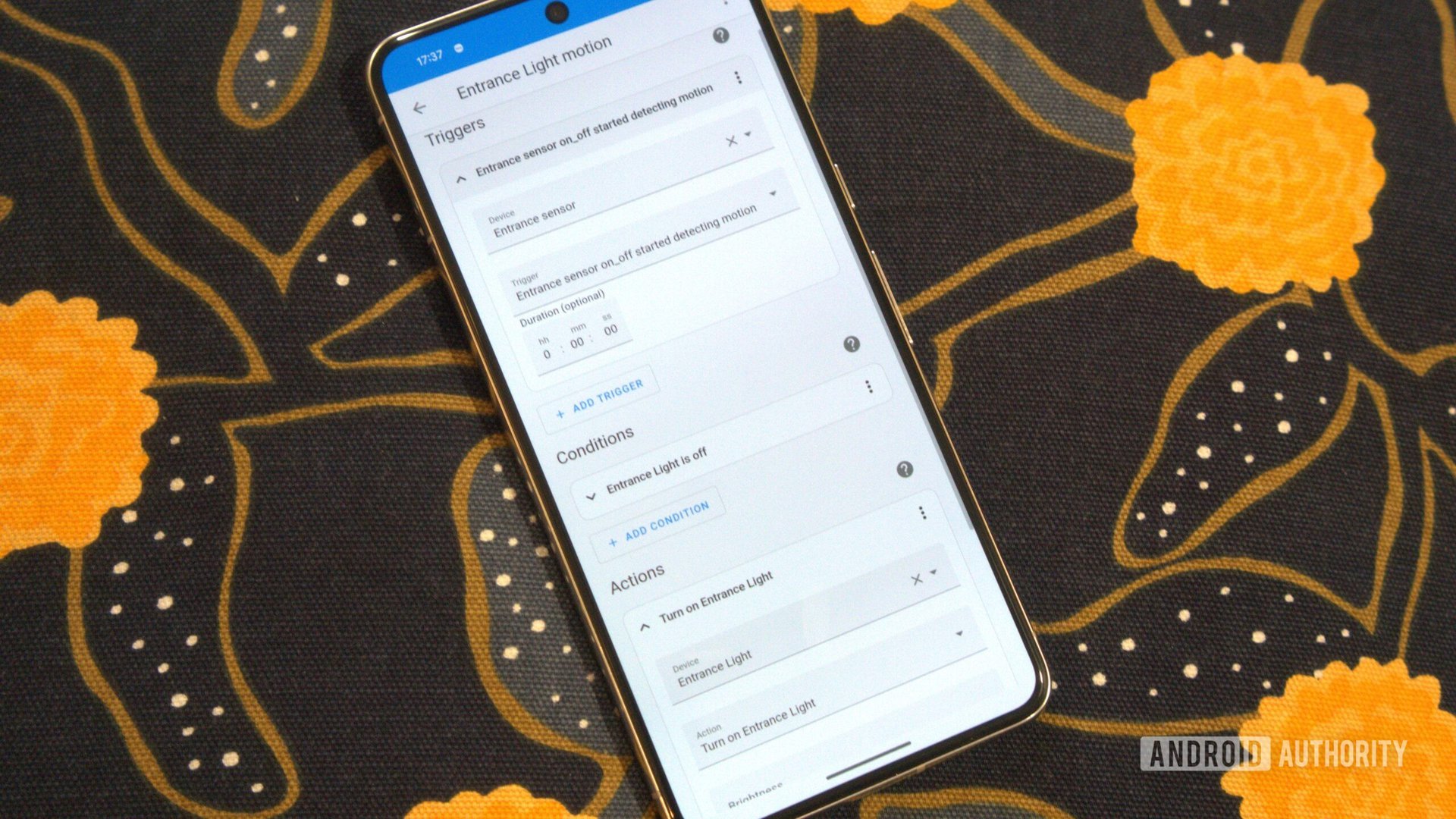
Calvin Wankhede/Android Body
The Home Assistant community has also built blueprints you can import for specialty devices like the Aqara Magic Cube (pictured above). Typically, you’ll need Aqara’s Hub and will have to configure the cube’s routines via the official app. However, thanks to Home Assistant, I don’t need another app or hub.
Regardless of the hub, I use a mix of Wi-Fi and Zigbee devices throughout my home. Zigbee is the wireless network protocol behind many ecosystems such as Philips Hue and IKEA Tradfri. However, with ecosystems like this, you’ll often need to purchase a brand-specific hub. Home Assistant once again lets you avoid this requirement – simply plug in a single Zigbee USB dongle and create your own network that doesn’t match your brand.
Zigbee helped take my smart home offline forever.
Some devices can be a bit problematic, but there is always a workaround. Take my robot vacuum cleaner, for example. I bought it over five years ago, long before I had any idea of the broader smart home market. Fortunately, the first-generation Xiaomi robot vacuum (and a few other devices) can be rooted and made to run Valetudo, a cloud-based alternative software. Do I recommend installing it on your device? Only if you can know the basics of the Linux file system and are comfortable reading the documentation. Don’t worry if not, I will recommend some alternative vacuum cleaners in the next section.
Home Assistant maintains over 2,500 integrations. This means support for almost all major brands and platforms like Philips Hue, Nanoleaf, Sonos, Plex, and Google Nest. You can go further with custom integrations since it is an open platform.
All of this means that Home Assistant can create automations between brands even if they don’t work well with each other. I use an IKEA-branded wireless switch to dim my Xiaomi lights, turn on my LG air conditioner, and open the Plex app on my webOS TV. This might be possible with Alexa or Google Home Routines, but the depth of device support in Home Assistant is amazing. Not to mention, every interaction is handled instantly since no packets leave my home network.
How to build your smart home without an internet connection
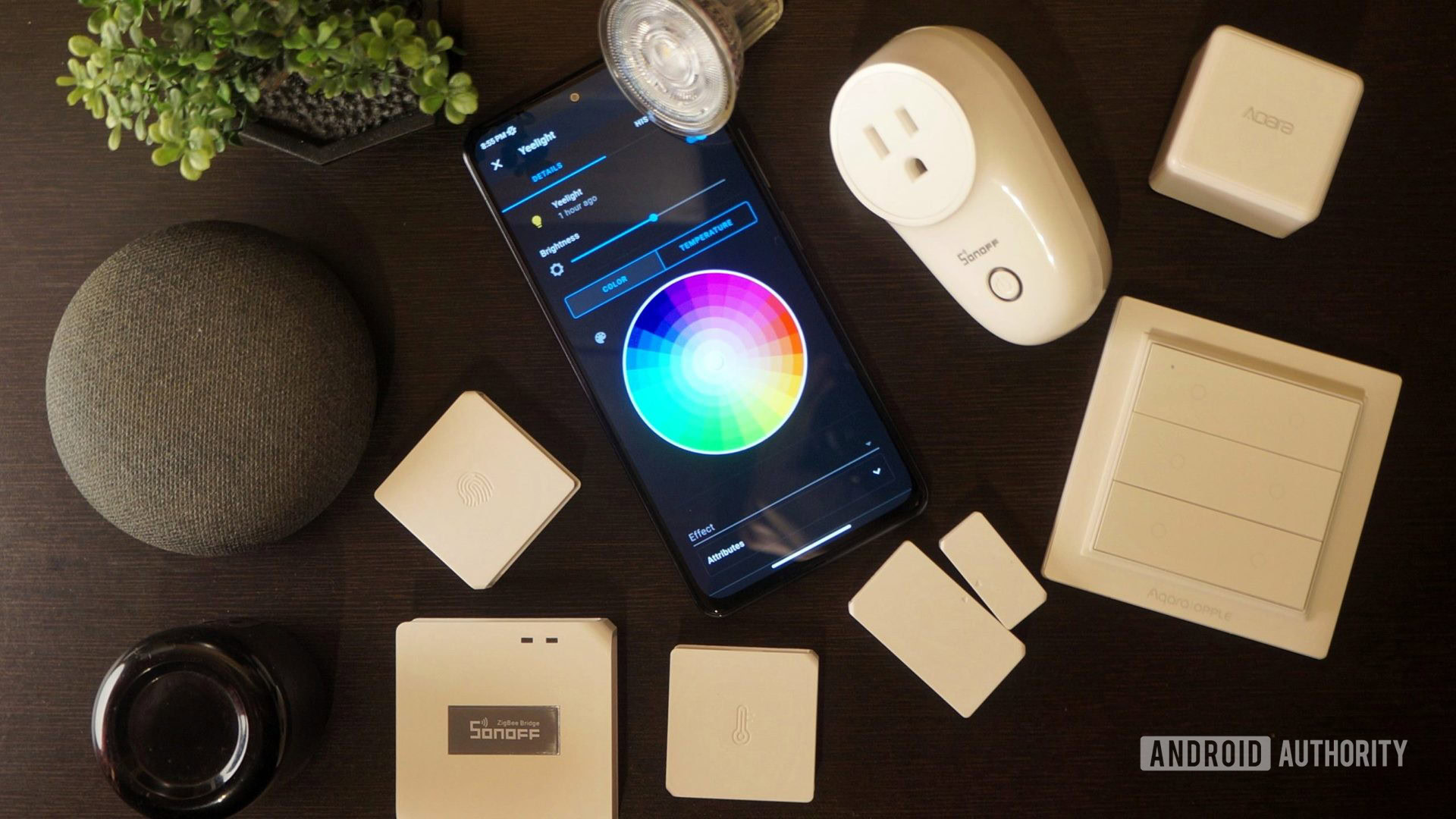
Calvin Wankhede/Android Body
Although you can use many Wi-Fi-based smart home products without an Internet connection, I recommend using Zigbee wherever possible. These devices, whether it’s a Philips Hue bulb or an IKEA remote, will connect directly to your device running Home Assistant. This also means faster connectivity and never relying on the brand for anything except optional firmware updates.
So, with all that in mind, here’s a list of the most popular device categories and brands I recommend for an offline smart home.
- center: Install Home Assistant on a Raspberry Pi 5 or 4 and connect a Zigbee USB stick (optional). Alternatively, choose a Home Assistant Green hub that is pre-flashed and ready to use.
- Smart bulbs: For Wi-Fi, you can buy bulbs with offline firmware from Shelly and Athom. Xiaomi’s Yeelight sub-brand also offers official LAN control which you simply need to enable in the app. You have many options with Zigbee. I prefer the Tradfri line of Zigbee products from IKEA because it strikes the perfect balance between quality and price, but you can also splurge on Philips Hue and countless other brands.
- Switches and sockets: Inovelli’s Zigbee switches are a favorite in the Home Assistant community, but they’re not cheap at $50. Zoz and Lutron come in second place. You’ll find many options for smart plugs, with offline options only from Sonoff, IKEA, Athom, and Shelly.
- Sensors:Are you looking for the cheapest possible option? Sonoff’s sensor suite works reasonably well. However, I recommend the Aqara or Aeotec products for better reliability, although they require Zigbee and cost a bit more. I use IKEA motion sensors throughout my house and they work very well too.
- Robot vacuum: The Valetudo project flashing mentioned above is not for the faint of heart, but it is the best option for keeping your robot vacuum offline only. Alternatively, Home Assistant officially supports Dreame and Roborock vacuums.
- Curtains: IKEA Smart Blinds are a favorite in the smart home community due to their affordability and compatibility. I’ve also heard good things about Third Reality and Smartwings, which are equipped with Zigbee.
- Other devices: Do you want to automatically turn on your air conditioner, garage door, or ceiling fan that has its own remote control? Use an inexpensive Wi-Fi IR or RF device. I saved $100 on an air conditioner with no smart features, while my Broadlink RM Mini IR blaster only cost $20, and I can also control my ceiling fan and TV in the same room.
This is not an exhaustive list of course, and I have only recommended reputable brands that shouldn’t put your data at risk if you connect it to the internet. Having said that, I took the more adventurous route for my smart home and bought some cheap products from AliExpress.
Off-brand Wi-Fi products often use the Tuya Smart IoT platform, which integrates with Home Assistant via official and third-party integrations. Surprisingly, these devices connect to the home so often that they are universally viewed as a privacy nightmare. One solution is to use a dedicated local Tuya integration and block these devices from accessing the Internet using a firewall on your router. As I said earlier, Home Assistant offers a workaround for almost anything if you’re committed enough.
Inexpensive smart home products can also work offline, but they take some time to set up.
Going forward, you don’t have to worry about losing voice control via Google Assistant, Siri, or Alexa. With some configuration, you can control all of your Assistant-powered home devices via your existing smart speakers and displays. Personally, I don’t need this function. I have wireless Zigbee switches placed throughout my house to activate scenes and control lights.
What about the thread and the material?
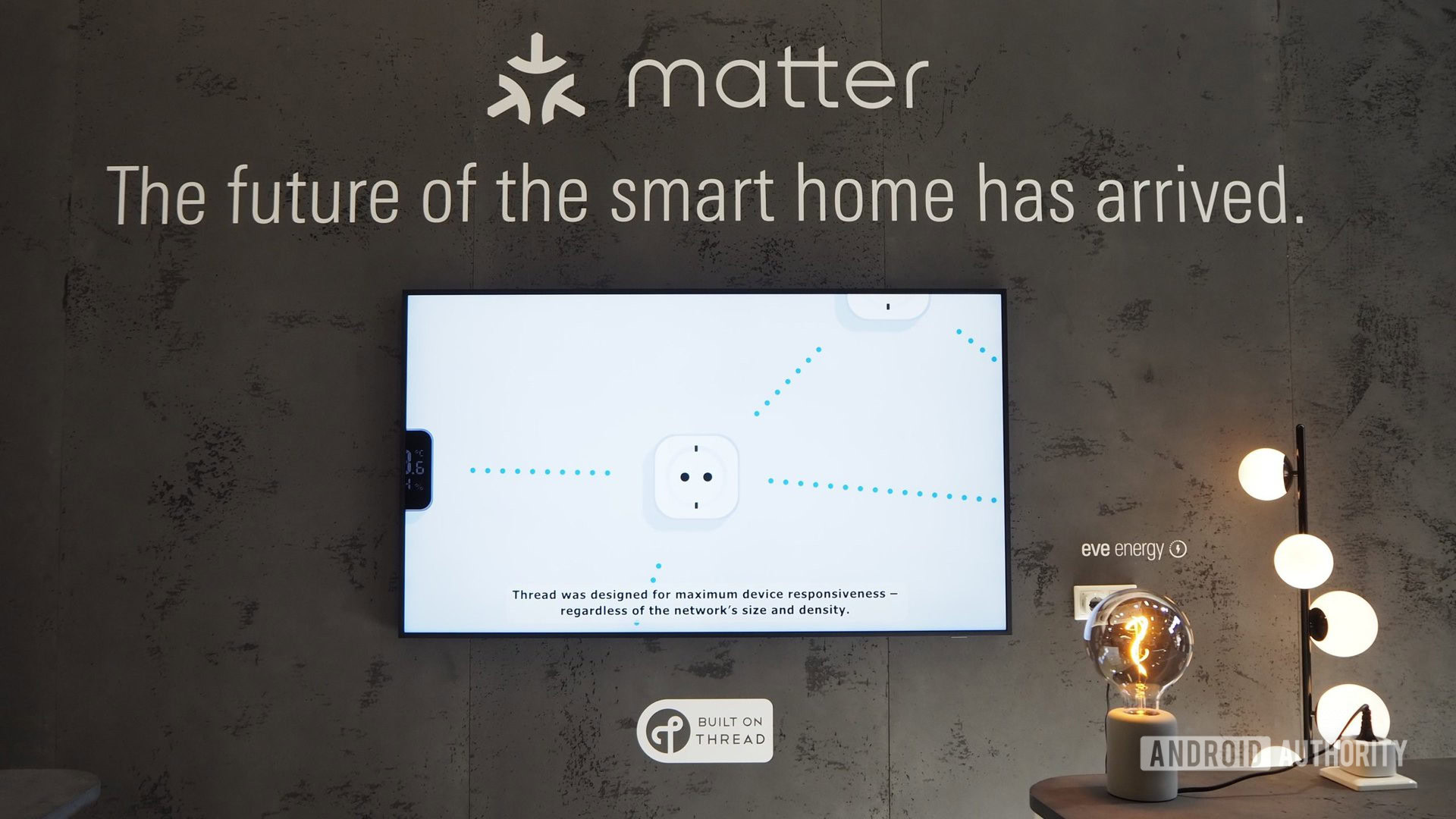
Rita Al-Khoury / Android Authority
I’ve defended Zigbee so far, but you should know that there’s another wireless networking protocol on the horizon: Thread. The good news is that you can add Thread support to your Home Assistant installation very cheaply — it’s as easy as plugging in a USB dongle.
I didn’t switch because the thread and material are still quite bare. We don’t have many Thread-compatible devices on the market to choose from. This is unlikely to change for a while as manufacturers work to address some of the current challenges Thread faces. For example, many Thread routers currently lack a way to add devices from other brands to their network. Without using something like Home Assistant, this means you’ll be left with many different Thread networks that can’t talk to each other or share devices for automation.
Thread may replace Zigbee one day. But given that Zigbee is a mature protocol with hundreds of devices available today, it remains my first choice and recommendation. I’m not alone either, this sentiment is echoed by many in the Home Assistant community.
Is an offline smart home worth it?
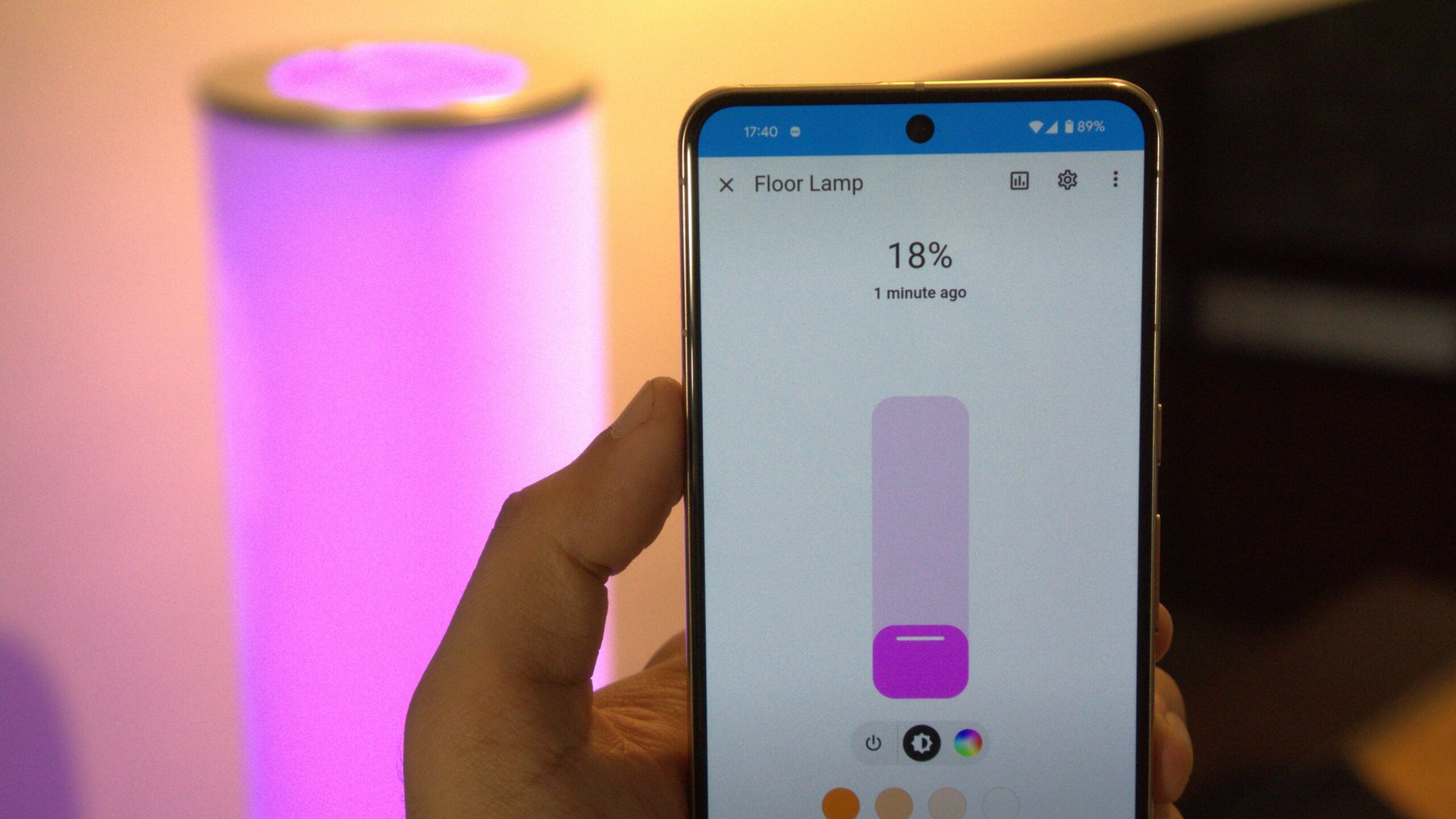
Calvin Wankhede/Android Body
Building my offline smart home took the better part of a weekend, and it took some research to figure out which products work best offline. The Home Assistant interface can also take some getting used to, but it’s quite beginner-friendly these days. Even if you don’t see it as a hobby, the small time investment is worth the benefits of an offline smart home.
An offline smart home certainly isn’t for everyone just yet.
However, my recommendation depends entirely on the intended user. I wouldn’t set up a Home Assistant installation at my parents’ house, for example. The battery may run out and I may have to re-pair one or two devices every few months. In this context, troubleshooting an offline smart home can be difficult when you don’t have physical access to the devices. For homes like this, I’ll still use a cloud-based solution like Google Home along with big-name brands that offer simplified setup processes.
Personally, though, I can’t imagine returning to the world of smart home ecosystems with walled gardens. With any luck, I hope to convince some of you to take the leap too.